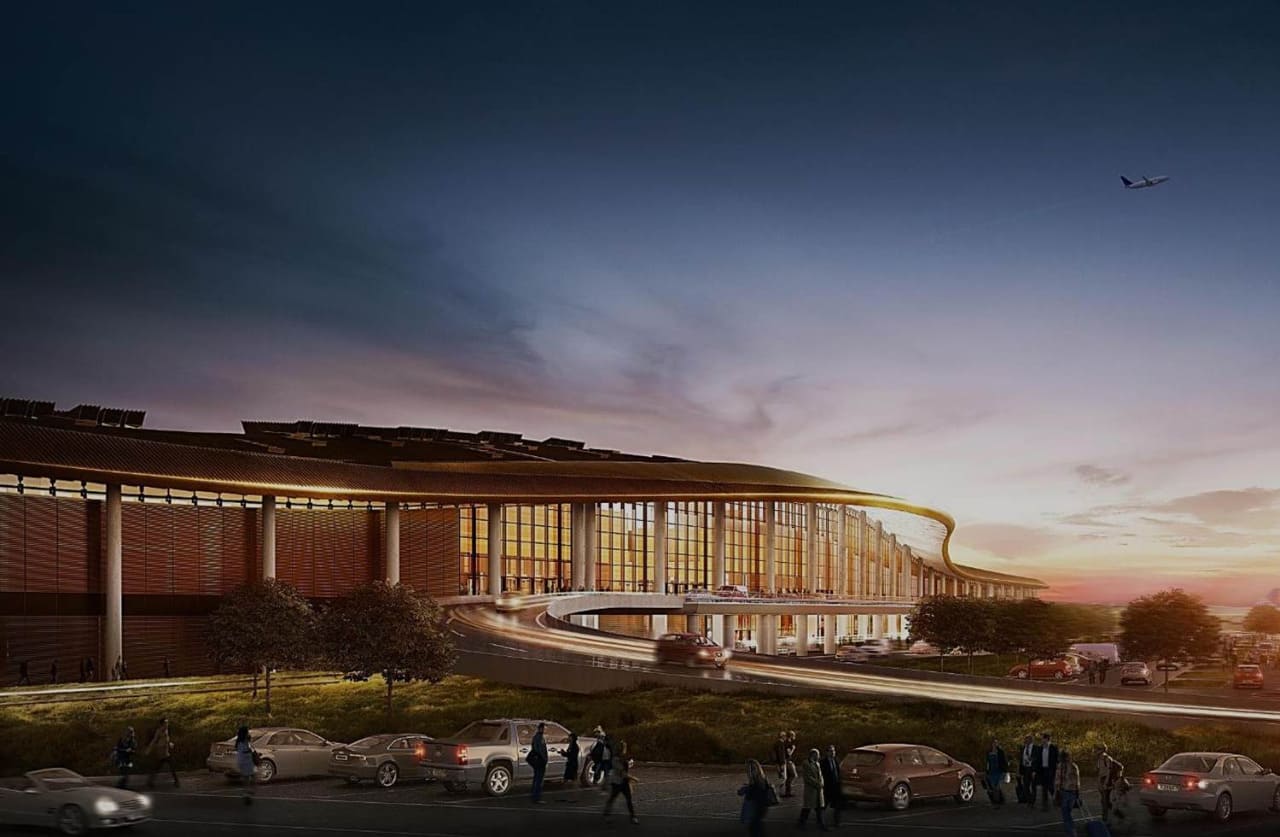Overview
Tocumen International Airport, situated in Panama City, was founded in 1947 and now serves over 25 million passengers annually. As traffic to the airport expanded, the original terminal proved insufficient to handle the growing number of airlines and daily flights.
A plan was devised to transform Tocumen International into a premier aviation hub in Central America by constructing a second terminal that could accommodate more than 23 airlines and offer connections to 85 destinations worldwide.
With the completion of the new terminal, Tocumen International Airport is set to increase its capacity from 5.8 to 15 million passengers per year. This expansion will enable the airport to serve a larger number of airlines and destinations, making it a vital new hub for the Americas.
Our work
Ayesa led the project to construct a world-class passenger terminal at Tocumen International Airport in Panama City, in collaboration with Foster & Partners. The primary objective of the project was to upgrade the airport's infrastructure without causing any disruptions to the ongoing operations.
Ayesa oversaw the design and construction of the new terminal, taxiways, aircraft parking aprons, and a new control tower. The main taxiway, fuel supply system, parking, generator backup, and electrical substation were also upgraded.
The project was executed in two phases, each taking 24 months, and covering a total area of about 82,000 square meters on 4 levels.
The new terminal boasts 20 additional boarding bridges, on top of the existing 34, access points, parking facilities, and interconnections with other infrastructure facilities.
The Tocumen International Airport has a symmetrical design with two wings of piers extending to the east and west from the central concourse, all under an aerodynamic bronze-colored roof. The terminal's planning prioritized minimizing connection times for transfer passengers with strong visual connections across the airport and intuitive wayfinding. The building's facade was carefully curved to minimize walking distances and accommodate a larger number of aircraft stands.
Value add
The integration of both engineering and architecture has yielded a comprehensive environmental strategy that artfully balances both complementary active and passive measures. This strategy balances both active (such as mechanical and electrical systems) and passive (such as natural lighting and ventilation) measures in order to create an environmentally friendly and sustainable solution.
By carefully selecting solar control glazing and incorporating a deep overhang, the terminal provides ample natural daylight and outside views, while also minimizing solar gain, which reduces the need for mechanical cooling. The HVAC system has been designed with intelligence, responding to occupancy patterns by cooling the lower zones of the concourse, which ultimately maximizes passenger comfort and well-being.
As the airport is located in a region with seismic activities, our team employed a cutting-edge performance-based seismic structural design methodology to ensure the terminal's robustness during an earthquake. The innovative "fuse" detail on top of the reinforced concrete columns offers protection to the exposed steel roof from the seismic forces that occur during such events. Additionally, our fast-track project delivery approach facilitated the start of pile installation and foundation construction a mere five months after the project was launched.
This project has been recognised externally with the following awards:
Awards
ENR – 2019: Best Global Project: Airports, Ports
World Airport Awards: Best airport in Central America and the Caribbean







